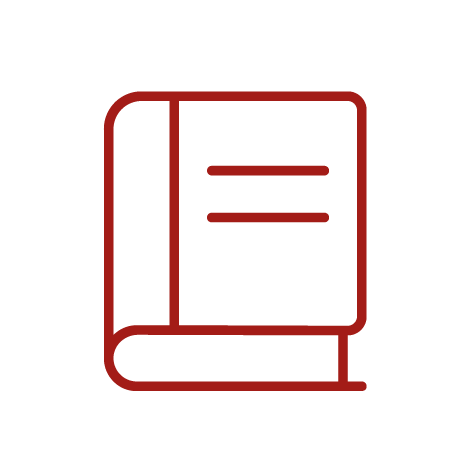
Libri antichi e moderni
Kunckel Von Loewenstern, Johannes.
Wieder Neu aufgerichtete und vergrösserte in zwey Theilen angewiesene curieuse Kunst- und Werck-Schul, Deren Erster Theil meistens allerely Erdenckliche, nutzlich, und bewehrte Feuer-Künste vorstellet (only vol. 1 of 2). Title printed in red and black.
Nuremberg, Zieger, 1705
1900,00 €
Schumann Antiquariat
(Zurich, Svizzera)
Le corrette spese di spedizione vengono calcolate una volta inserito l’indirizzo di spedizione durante la creazione dell’ordine. A discrezione del Venditore sono disponibili una o più modalità di consegna: Standard, Express, Economy, Ritiro in negozio.
Condizioni di spedizione della Libreria:
Per prodotti con prezzo superiore a 300€ è possibile richiedere un piano rateale a Maremagnum. È possibile effettuare il pagamento con Carta del Docente, 18App, Pubblica Amministrazione.
I tempi di evasione sono stimati in base ai tempi di spedizione della libreria e di consegna da parte del vettore. In caso di fermo doganale, si potrebbero verificare dei ritardi nella consegna. Gli eventuali oneri doganali sono a carico del destinatario.
Clicca per maggiori informazioniMetodi di Pagamento
- PayPal
- Carta di Credito
- Bonifico Bancario
-
-
Scopri come utilizzare
il tuo bonus Carta del Docente -
Scopri come utilizzare
il tuo bonus 18App

